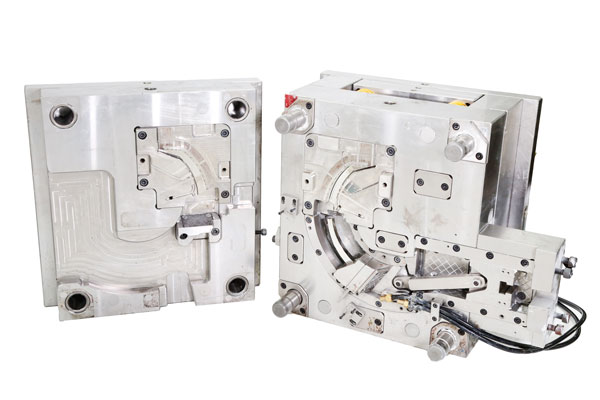The molding process for medical injection molds is a highly specialized and rigorously regulated procedure, spanning from precisely understanding client needs to achieving stable mass production. Each step must strictly adhere to medical industry standards and quality control systems. This article systematically analyzes the core stages of the medical injection mold molding process to provide a comprehensive understanding of this precision manufacturing workflow.
-
In-Depth Demand Analysis
Medical mold development begins with a multi-dimensional analysis of client needs. It requires in-depth collaboration with medical enterprises and R&D institutions to clarify the device's functional characteristics, biocompatibility requirements, precision dimensional tolerances (e.g., ±0.01mm), material certification standards (e.g., USP Class VI, ISO 13485), and expected production scale. This stage also necessitates a concurrent assessment of regulatory compliance (e.g., FDA, CE certification requirements) to ensure the design originates in compliance with medical-grade manufacturing specifications.
-
3D Modeling and Simulation Verification
Based on the requirements document, engineers use medical-grade CAD software (e.g., SolidWorks Medical) to construct a 3D product model, integrating computational fluid dynamics (CFD) and finite element analysis (FEA) to predict molten material flow paths, warpage risks, and assembly interference issues during injection molding. The model must undergo multiple rounds of review by medical clients and allow for DFM (Design for Manufacturability) optimization.
-
Medical-Grade Mold Structure Design
Mold design focuses on the unique characteristics of medical products: adopting dead-end-free runner systems to prevent material residue, embedding temperature sensors for precise temperature control (±1℃), and configuring cleanroom-compatible sealing structures. For multi-cavity molds, mold flow analysis (Moldflow) is used to optimize gate locations and venting systems, ensuring consistent product quality across all cavities up to medical validation standards.
-
Ultra-Clean Mold Base Selection and Pretreatment
Medical molds preferentially use electroslag remelted steel (e.g., NAK80) or pre-hardened mirror steel (e.g., S136H). Before machining, the mold base undergoes ultrasonic flaw detection and vacuum quenching. For implantable device molds, the mold base surface must be electrolytically polished to Ra≤0.2μm and pass particle counting tests to ensure cleanliness levels comply with ISO 14644-1 Class 7 standards.
-
Five-Axis Simultaneous Precision Machining
DMG MORI five-axis machining centers are used for micrometer-level milling of mold cores, focusing on the micro-structures unique to medical products (e.g., 0.1mm catheter interfaces). An online measurement system (OMS) is implemented during machining to ensure cavity dimensional accuracy and surface roughness meet standards. For complex surfaces, high-speed dynamic milling (HSM) technology is employed to enhance machining efficiency.
-
Micro-Hole Machining and Cleanliness Treatment
For molds with microfluidic structures, laser micro-hole machining technology (hole diameter 0.05-0.5mm) is combined with ultrasonic deburring processes. After machining, supercritical CO₂ cleaning is performed to thoroughly remove machining residues, verified according to ISO 13485 standards.
-
Wire EDM with Slow Feed and Mirror Finishing
For precision inserts in medical molds, AgieCharmilles slow-feed wire EDM equipment (cutting accuracy ±2μm) is used to machine irregular cooling channels. For areas requiring mirror polishing, mirror EDM is employed for nanoscale surface finishing, achieving a final surface roughness of Ra≤0.05μm.
-
Medical-Grade Polishing and Passivation Treatment
Mold polishing follows medical device surface treatment guidelines, using magnetorheological finishing (MRF) technology to achieve optical-grade surface quality. After polishing, electrochemical passivation is applied to form a dense oxide film on the mold surface, enhancing corrosion resistance and biocompatibility.
-
Cleanroom Assembly and Verification
Mold assembly is completed in an ISO Class 7 cleanroom, using laser alignment systems for precision positioning. After assembly, helium leak testing (sensitivity 10⁻⁹Pa·m³/s) and particle contamination detection are performed to ensure the mold's internal cleanliness meets medical production requirements.
-
Medical-Grade Mold Trials and Process Validation
Mold trials use medical-certified materials (e.g., PEEK, PPSU) in a Class 10,000 clean environment, focusing on monitoring melt temperature fluctuations (±0.5℃), injection speed stability (CV≤1%), and product microbial load. Process parameters are optimized through Design of Experiments (DOE) to ensure consistent product quality across five consecutive mold cycles with key dimensions CPK≥1.67.
-
Medical Compliance Rectification
Based on trial data and medical client feedback, targeted improvements are implemented: adjusting the mold temperature control system to eliminate weld lines, optimizing venting slot designs to address air traps, or adding in-mold sensors for process data traceability. All rectifications must undergo the medical quality department's change control process.
-
Mass Production Validation and Continuous Monitoring
Before mass production, a Production Part Approval Process (PPAP) documentation package must be completed, including material certifications, process capability analyses, and sterilization compatibility reports. During mass production, Statistical Process Control (SPC) is implemented, and key mold dimensions are regularly inspected for wear. A preventive maintenance plan (PM) is established to ensure consistent output of products complying with ISO 13485 standards throughout the mold's lifespan.
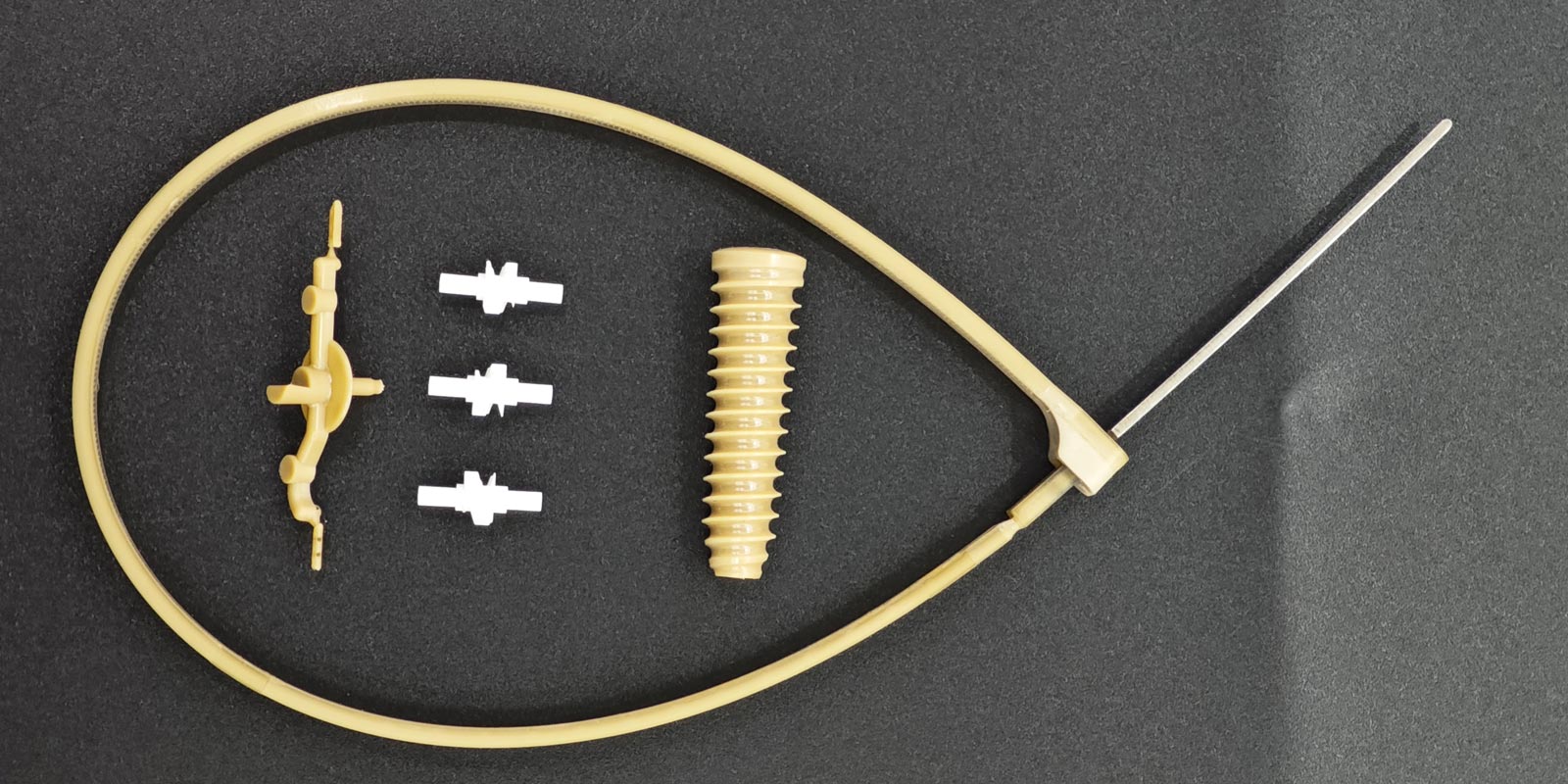
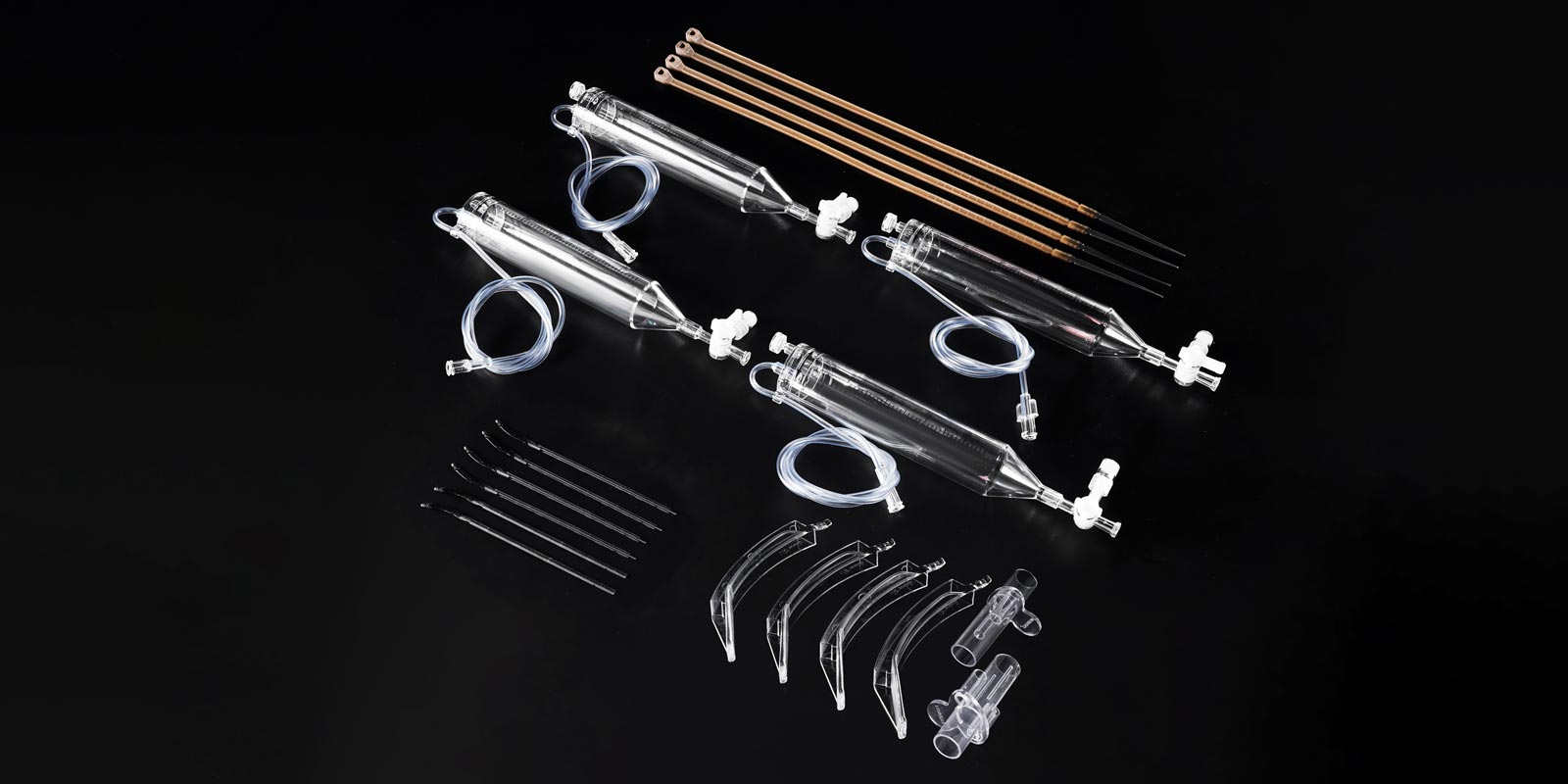

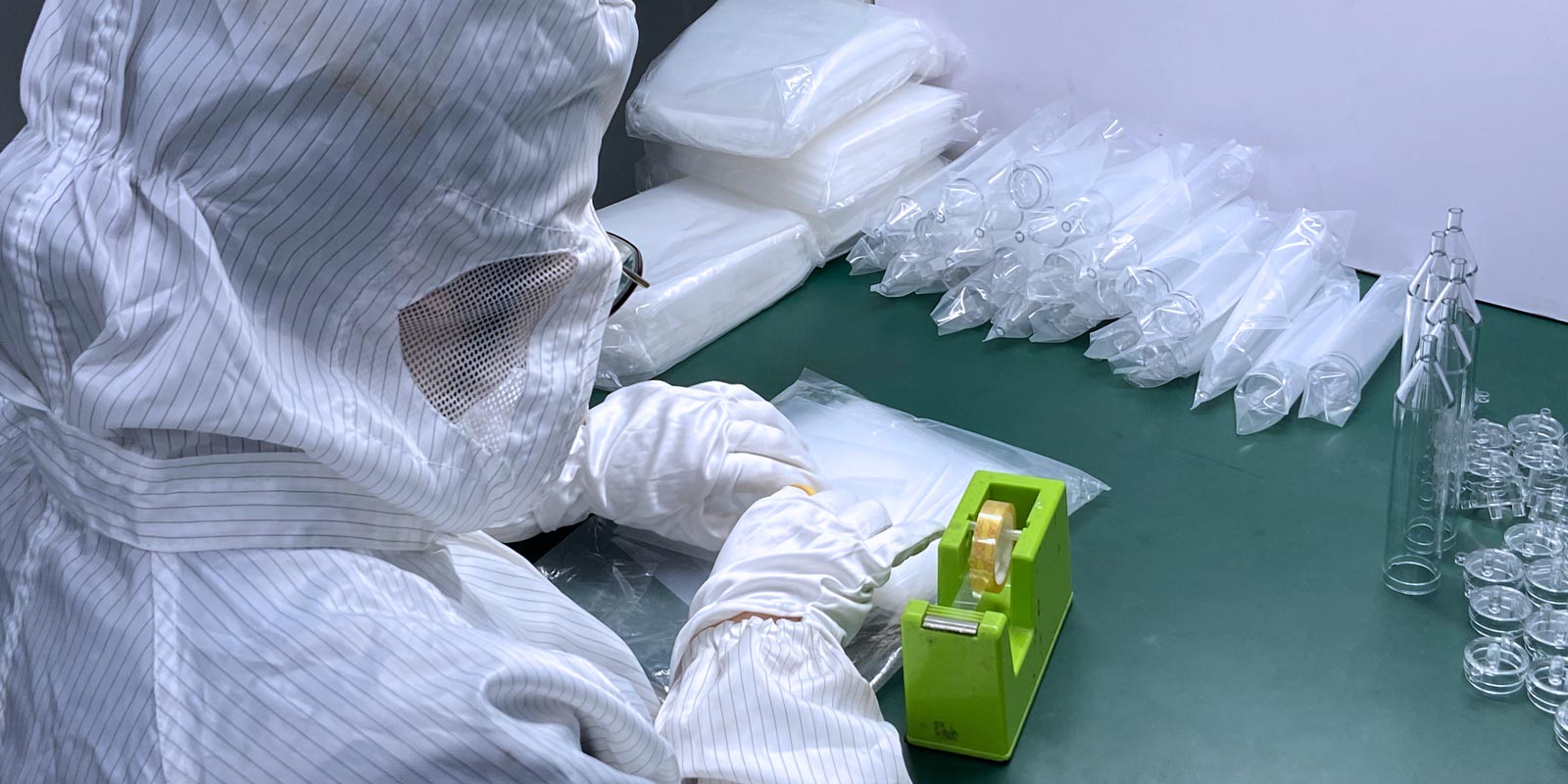

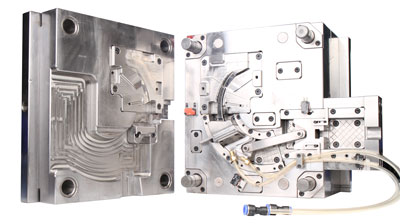
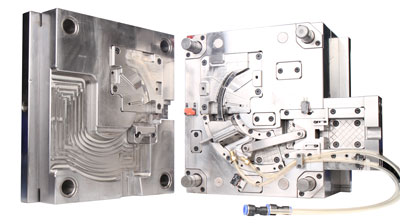
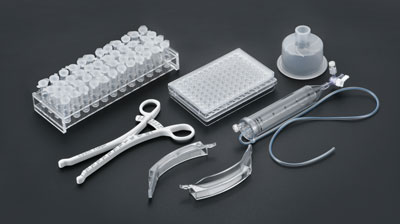








 Home
Home